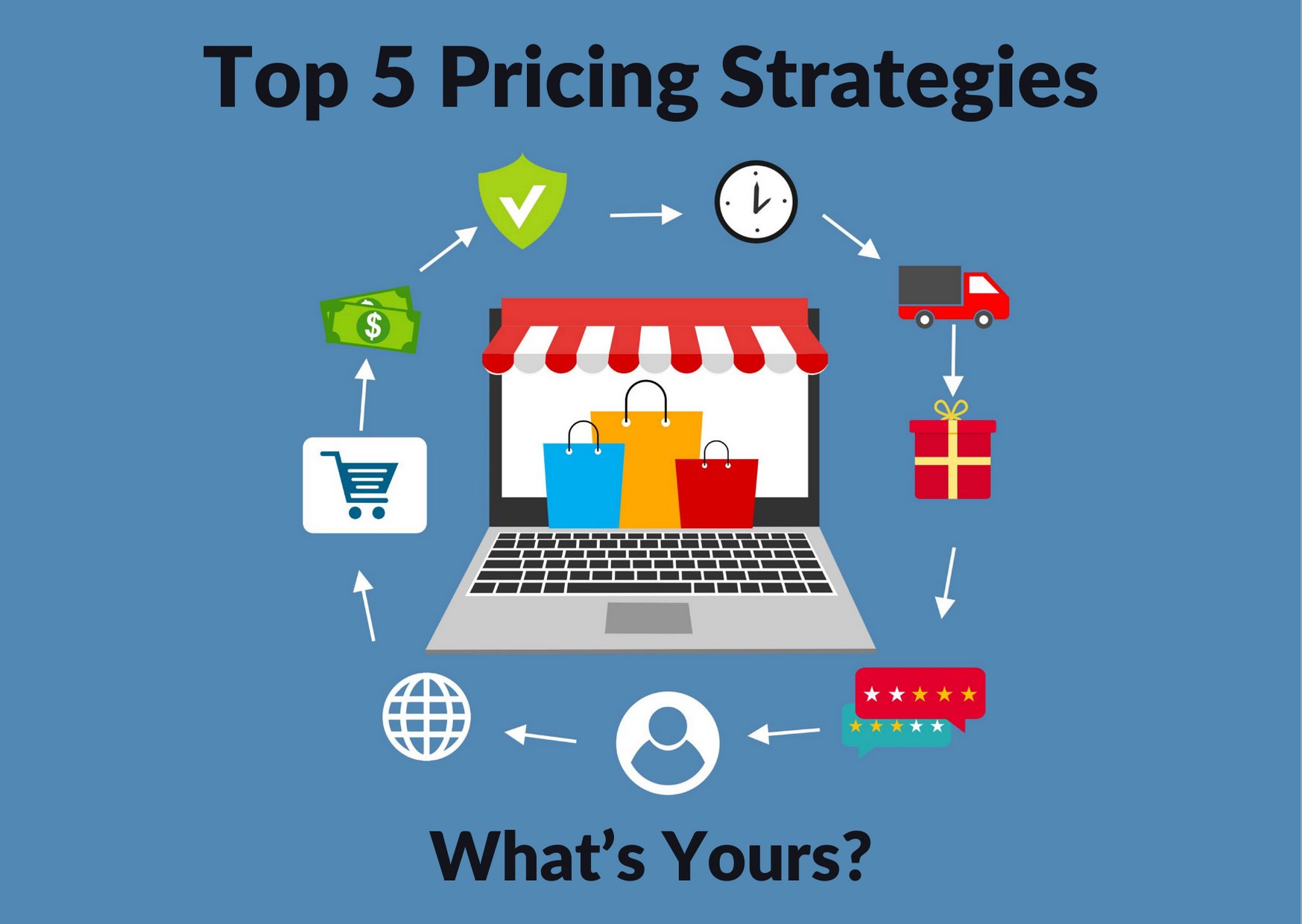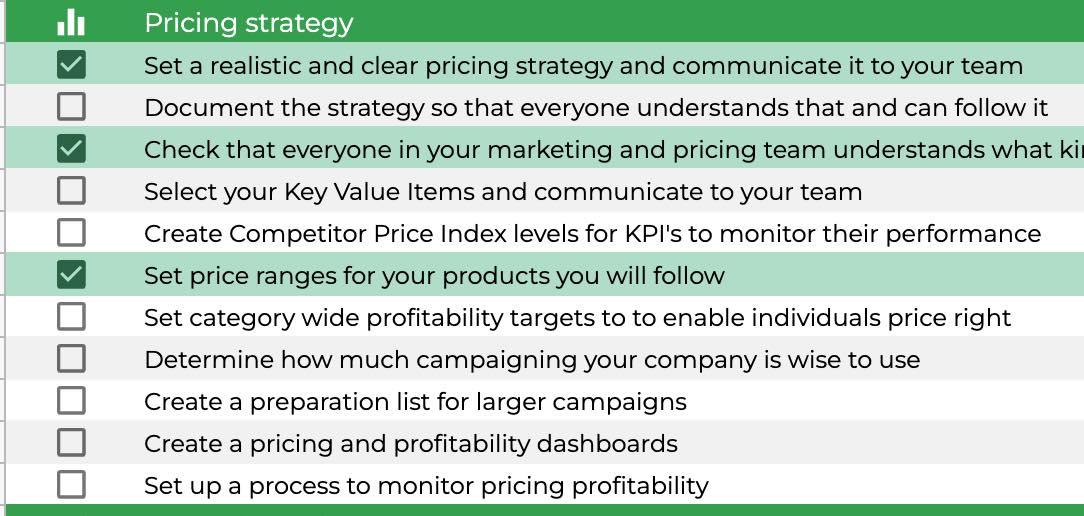Comprehending Customer Behavior and Its Effect On Your Pricing Strategy
Comprehending Customer Behavior and Its Effect On Your Pricing Strategy
Blog Article

Master Effective Prices Strategies to Optimize Revenue
In the ever-evolving landscape of business, understanding effective prices approaches is necessary for companies intending to take full advantage of earnings. A nuanced understanding of pricing psychology can dramatically affect client behavior and getting choices. Moreover, utilizing vibrant and value-based rates models enables companies to adjust to market fluctuations and customer view. Nonetheless, the complexity of rival analysis and ongoing performance assessment elevates vital inquiries concerning the sustainability of these methods. What details methods can be carried out to make sure long-term success and client loyalty in this competitive atmosphere?
Comprehending Prices Psychology
Comprehending rates psychology is crucial for businesses aiming to enhance their prices techniques. This area analyzes how customers perceive prices and just how these perceptions influence their investing in decisions. Secret concepts in pricing psychology include the anchoring effect, where the first cost offered serves as a recommendation point for consumers, and the principle of cost level of sensitivity, which differs amongst various client sectors.
Additionally, services can take advantage of the concept of viewed worth, where the regarded advantages of a services or product can warrant a greater cost point. Premium pricing can develop an aura of exclusivity, attracting consumers that connect greater rates with exceptional top quality. On the other hand, psychological prices, such as setting a cost at $9.99 as opposed to $10, can dramatically affect customer habits by making prices show up a lot more eye-catching.
Moreover, scarcity and urgency can enhance the perceived worth of items, prompting quicker buying decisions. Understanding these mental triggers allows organizations to develop pricing techniques that not just drive sales but additionally foster customer commitment. Therefore, grasping pricing psychology is necessary for reliable pricing technique formula, leading to improved earnings and market positioning.
Applying Value-Based Prices

Next, section your clients based on their willingness to pay and the worth they perceive. By doing so, you can tailor offerings and prices strategies to line up with various sections.
Continually keep track of market problems and client comments to fine-tune your pricing strategy over time. By implementing value-based pricing, businesses can enhance earnings while cultivating lasting client commitment.
Discovering Dynamic Pricing Versions
In today's rapidly altering market landscape, dynamic prices versions have emerged as a powerful approach for businesses looking for to enhance income and react to fluctuations in need. These versions permit firms to adjust their prices in real-time based on different factors such as client actions, market trends, and inventory levels. By leveraging information analytics and algorithms, companies can identify ideal rates factors that make best use of sales while continuing to be affordable.
Dynamic prices can take numerous types, including time-based pricing, where costs fluctuate based on time of day or period, and demand-based prices, which adjusts costs according to existing consumer demand. This flexibility not just enhances productivity however additionally enhances client complete satisfaction by using costs that mirror real-time market conditions.
Carrying out dynamic pricing requires a robust technological facilities and a deep understanding of customer sectors. Transparent interaction regarding rates modifications can assist alleviate client dissatisfaction and foster trust, ultimately leading to sustained earnings in an affordable marketplace.
Studying Rival Rates
Checking competitor pricing is necessary for services aiming to preserve a competitive side in their corresponding markets. By analyzing rivals' pricing techniques, companies can identify market patterns, recognize consumer preferences, and readjust their prices accordingly. This analysis involves event data on rivals' prices, advertising approaches, and product offerings to inform pricing decisions.
To efficiently evaluate rival prices, services should use various devices and methods, such as rate monitoring software application, market research study reports, and client comments. This data can reveal how rivals position their services and Check This Out products, allowing companies to separate their offerings or embrace similar methods to remain appropriate.
Additionally, it is crucial to categorize rivals right into direct and indirect rivals. Straight competitors supply comparable products or solutions, while indirect competitors might satisfy the exact same customer demand with various solutions. Recognizing the subtleties in between these teams recommended you read will certainly enable services to tailor their pricing approaches extra properly.
Eventually, recurring rival pricing analysis is crucial for making enlightened prices decisions. It enables organizations to stay dexterous in response to market shifts, ensuring they can take opportunities and reduce dangers associated with prices techniques.
Reviewing Rates Performance
Comprehending exactly how competitor pricing influences market characteristics causes a natural concentrate on evaluating rates efficiency within one's own business. This examination is crucial for identifying locations of stamina and chances for improvement, ultimately boosting earnings.

Furthermore, performing regular prices audits can reveal discrepancies between expected and actual performance. This involves comparing rates information throughout various sections and networks to recognize variances and determine fads. Integrating customer responses can offer insights right into perceived value versus actual prices, making sure placement with market assumptions.
Finally, leveraging information analytics devices can help with much deeper insights right into rates efficiency, allowing organizations to make data-driven changes (Pricing Strategy). By consistently assessing prices performance, organizations can adjust to market modifications and optimize their approaches, ensuring continual profitability in a competitive landscape
Final Thought
By leveraging rates psychology, organizations can boost viewed value and dressmaker prices to diverse consumer sections. The adoption of value-based and dynamic prices versions promotes real-time modifications based on demand and customer willingness to pay.
Understanding Continue pricing psychology is essential for businesses intending to maximize their prices strategies. Recognizing these psychological triggers allows services to develop rates approaches that not only drive sales however additionally foster consumer loyalty. Thus, understanding pricing psychology is necessary for efficient prices approach solution, leading to improved profitability and market positioning.
By assessing competitors' prices approaches, firms can identify market fads, understand consumer choices, and readjust their rates accordingly. By leveraging prices psychology, services can improve perceived worth and tailor prices to diverse customer sections.
Report this page